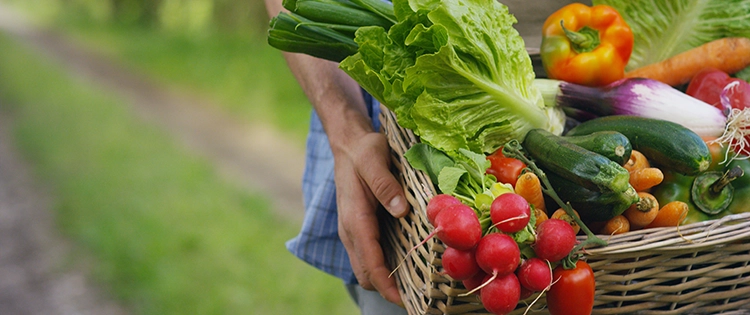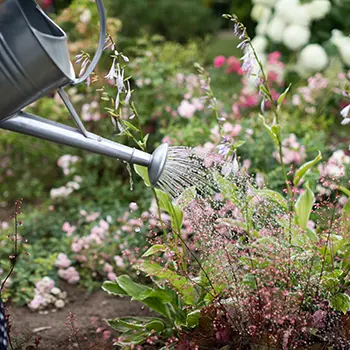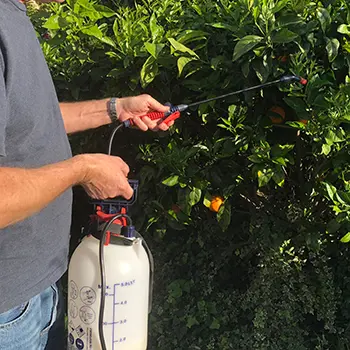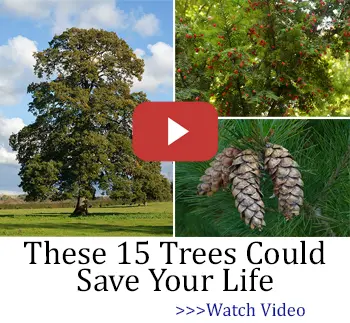People give all kinds of tips on how to grow vegetables; unfortunately, sometimes it’s terrible advice. Most of the time, people give advice that works very well in a particular climate and soil type, but they fail to specify their conditions. So, when people with other soils in other climates try to do the same, it fails tragically.
You should avoid the following bad or overly generalized tips because they may ruin your crops. Instead, know your climate, assess your soil, and research your plant (e.g., tomato) and the variety of that plant (e.g., Early Girl Tomato) you want to grow. That will ensure success, at least most of the time; nature can be a fickle friend!
Don’t Worry About Your Soil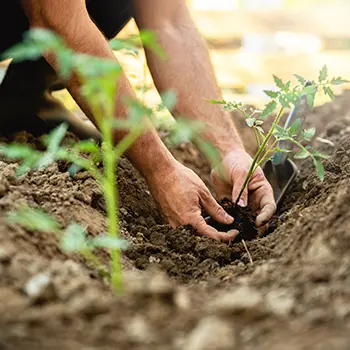
Don’t listen to anyone telling you not to worry about your soil; just plant it anyway. If you have good-quality soil, it might work. But for the majority of us with less-than-perfect soil, it’s terrible advice. If you have clay soil, compacted soil, dry and gravelly soil, very acidic or very alkaline soil, and do nothing to amend it, you will end up with few successes and a whole list of failures.
Assess your soil and work on building a healthy soil profile. If you lack organic matter, add lots of compost and well-aged manure to feed your plants and help retain moisture. Next, ensure adequate drainage; if water pools up on your soil after rain, you have poor drainage, so add gravel, sand, or perlite to help it drain better.
You may also need to adjust your pH. Slightly acidic (6.5) to slightly alkaline (7.5) are where most plants grow best. Add dolomite lime if your soil is highly acidic (<6.5). If your soil is too alkaline (>7.5), add sulfur. Then, check the pH requirements of your plants. Blueberries need much more acidic soil, and potatoes also require fairly acidic soil to help avoid potato scab.
Use Sprinklers To Water Your Garden
Using overhead sprinklers like our parents always did is a terrible idea. Especially on tomatoes, cucumbers, and squash, this encourages fungal diseases that can wipe out your entire crop.
Overhead sprinklers are also highly inefficient and should always be avoided in arid or semi-arid regions due to high evaporation. However, they should also be avoided anywhere groundwater is used for irrigation. Groundwater is naturally slightly to very salty and mineral-rich. When you overwater with sprinklers, you add too much salt and minerals to your soil, which is difficult to remedy and will eventually harm your plants. Drip irrigation is best, followed by selective hand watering at ground level with a watering can or hose.
Watering on a Schedule
While watering on a schedule is not a bad idea per se, listening to recommendations like you should water every 2-3 days is a terrible idea. Other common recommendations say that you should water your vegetable garden with about an inch of water per week. Those overly generalized recommendations could leave your plants stressed or dead from thirst or waterlogged soils.
You do need to water consistently, but what that means exactly will vary with your climate, soil, plants, and other local factors. You need to figure out your conditions and only water when it needs it. To see if your garden needs water, stick your finger about ¾” in the soil. If it feels dry, water it. If it feels moist, wait. And if it still feels wet, you have a drainage issue to address.
Generally speaking, plants may need water every 2-5 days in the spring without rain. If you have a wet spring, you may not need to water for weeks, but if you have a hot and dry spring, you may need to water daily. By summer, you will likely need to water daily or every other day, depending on your climate, soil, rain, and whether or not you mulch your garden.
Planting Everything in May
Old-time gardeners often say you should put your garden in the ground in May. That may work well in cool-temperate and temperate climates. However, this is terrible advice if you live in a warm-temperate, especially arid or semi-arid climate. It will leave you without any cool-season crops (peas, lettuce, dill, cilantro, etc.) that will quickly bolt, and warm-season crops (tomatoes, peppers, etc.) that may struggle to produce good yields before the heat of summer hits.
Related: Homesteading To Do&’s: May
In those warmer climates, you need to plant your cool-season crops in late winter or early spring, and then you can grow a second crop at the end of summer for a fall harvest. If you are in a subtropical to tropical climate, you must grow your cool-season crops in the middle of winter when your temperatures are coolest.
Using Pesticides To Deal With Pests
Don’t listen to recommendations about using pesticides to control pests; they are an absolute LAST RESORT. Pesticides are poisons that contaminate our food, soil, and water and create a cycle of chemical dependence that prevents plants from thriving naturally. Pesticides are also toxic to your beneficial pollinators like bees, flies, butterflies, and others. If you kill off your pollinators, you will have poor yields.
Instead, use natural pesticides like dish soap and baking soda (1 tsp of each per gallon of water), companion planting to repel pests, selective removal of diseased plants, and mechanical removal, such as keeping weeds controlled and handpicking off pests when you see them.
Mulching is Too Much Effort
Technically, you don’t need mulch, but the misconception that it’s not worth the effort is way off base. You may not need mulch if you are a highly motivated and dedicated gardener who can afford to spend hours a day weeding, checking soil moisture, and constantly watering your garden.
However, for most of us, spending a small amount of time mulching in mid to late spring will save us tons of labor later. Mulch helps control weeds and minimizes water loss, preventing water stress in the summer heat. It also helps keep those cool-season crops from bolting longer than without because mulch helps moderate the soil temperature. In the winter, mulching around the root zone will help protect your plants from the cold for the same reason.
Everything Can Be Direct-Sown
This is another old-time gardener mistake that people occasionally make, thinking you can just pop seeds in the ground and reap a bountiful harvest. It is also another one that depends entirely on your climate. If you live in a cold or cool-temperate climate, you will never get those tomatoes to ripen in time unless you start them indoors or buy transplants.
However, in warm-temperate climates, you can plant your tomatoes directly in the ground, depending on the variety. On the other hand, never start radishes, carrots, dill, or other tap-rooted vegetables indoors since they transplant very poorly and should always be direct-sown. Do your research on your plants in your climate to see whether you can direct sow or if you should start them indoors.
Best Crops For Your Straw Bale Garden
Similar to Morphine: The Best Natural Painkiller that Grows in Your Backyard (Video)
13 Plants That Thrive In Shade

